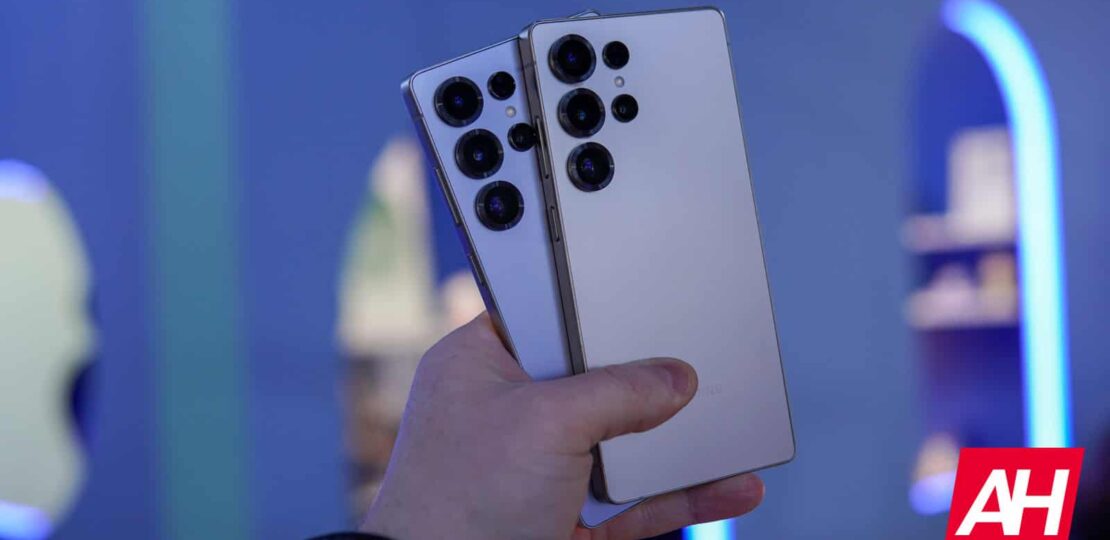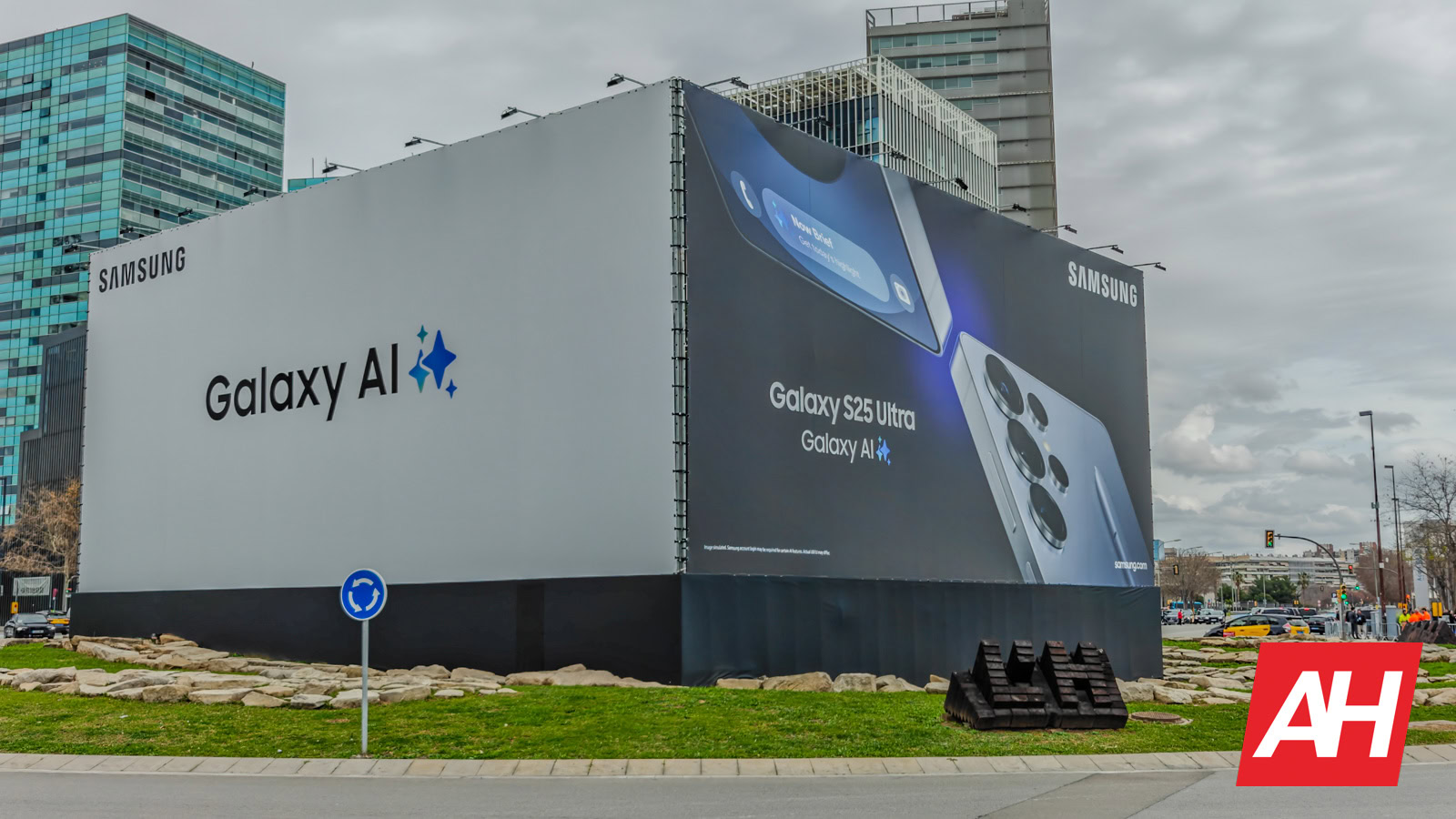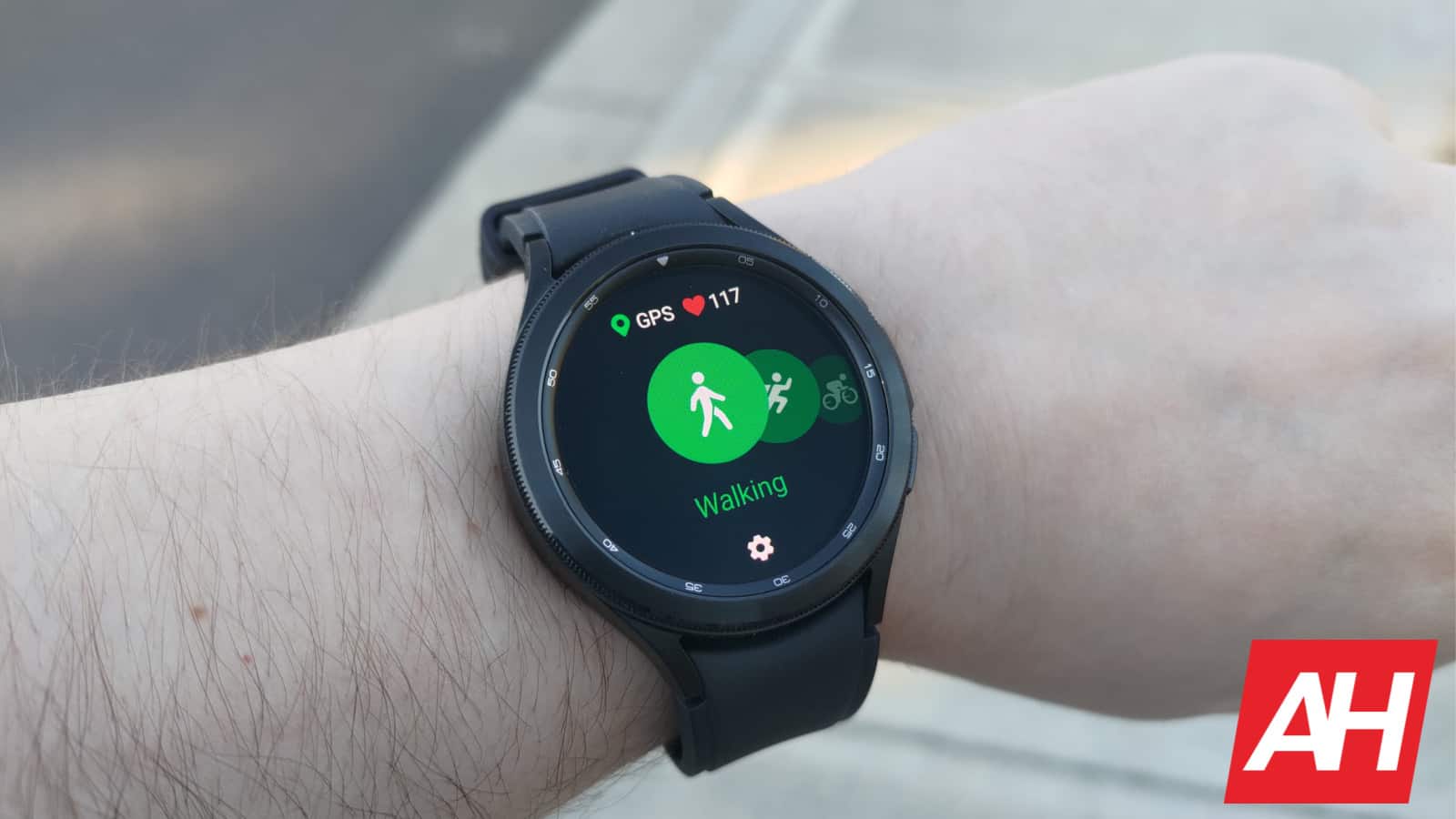
Ever wonder why your sleek new smartphone, despite all its incredible tech, still seems to run out of juice too quickly? You may also not know why there are phone models with bigger batteries in some regions. Well, there’s a behind-the-scenes culprit that plays a major role: strict international shipping rules. Yes, there are regulations designed for safe transport that limit the battery capacity of your smartphone, especially in EU countries and the US.
Regulations that limit your battery capacity: the ’20Wh max’ rule
The core of the issue lies with regulations in major markets like the European Union (EU) and the USA. Specifically, US federal regulations (49 CFR 173.185) for transporting lithium-ion batteries put a cap on their energy content. For smartphones, this effectively means a general limit of 20 watt-hours (Wh) for a single battery cell.
We’re used to seeing smartphone battery sizes advertised in milliamp-hours (mAh). However, agencies like the US government measure them in watt-hours due to safety concerns. Laptop users will find this way of measuring cell capacity familiar. To put it in perspective, a common 5,000mAh smartphone battery, operating at a typical voltage of 3.88V, comes in at around 19.4Wh. That’s cutting it pretty close to the 20Wh limit.

So, why the strict rules? Lithium-ion batteries, while incredibly efficient for their size, carry a small risk of thermal runaway. That is, there’s a risk of overheating and potentially catching fire under certain stress situations. For example, it could occur due to damage to the cells during an improper transport process. Airlines and shipping companies worldwide adhere to these regulations to minimize such hazards. This is especially important when makers move these devices in massive quantities.
Big global brands particularly affected
Of course, battery transportation regulations have a big impact on phone brands. They have to design phones compatible with the regulations of all the markets they will reach. They can’t just slap a giant battery in a phone if it exceeds the 20Wh limit for shipping to key markets.
You’re probably already thinking about some brands with batteries over 5,000mAh in the US. For example, the OnePlus 13 boasts a large 6,000mAh cell without violating local regulations. So where’s the catch? Well, this battery actually uses an ingenious dual-cell system where no cell exceeds 20Wh. The company combines this dual format with silicon battery technology to achieve a very thin cell. On the other hand, big brands like Samsung have been reluctant to jump on the silicon bandwagon without extensive testing first. Why? Probably to avoid another PR crisis like the Galaxy Note 7 and its exploding batteries.
So, Samsung is partly to blame for not integrating larger cells into its devices. However, battery transport regulations also limit the capacity of smartphone batteries for safety reasons, and manufacturers must resort to workarounds to offer greater capacity without breaking them.
RELATED POSTS
View all


